Crayhill Capital Management launched its tax equity bridge lending program as part of its expanded pre-construction financing initiative for solar, wind and battery energy storage project developers.
The loan product is intended to provide capital solutions for developers to accelerate development schedules and meet more stringent tax credit requirements.
Under the One Big Beautiful Bill Act (OBBA), solar and wind project face tightened development schedules to qualify for the 48E Investment Tax Credit and 45Y Production Tax Credit. Projects must begin construction by July 4, 2026, or be placed in service by Dec. 31, 2027 to qualify.
Crayhill said its new bridge loan product combines tax equity and development financing and is designed to help developers meet compressed timelines. The company provides pre-construction and construction capital against future tax equity commitments. The financing product includes:
- $50-$500 million facilities to support pre-construction of high-quality solar and wind power-generation facilities.
- Combined TEBL and Development Capital Facilities that increase upfront dollar proceeds for developers while requiring less project equity.
- Rapid project eligibility analysis through existing engineering resources.
- Accelerated acquisition assistance for critical equipment procurement.
“The convergence of mounting regulatory pressure and explosive AI-driven power demand places an unprecedented level of urgency on renewable energy developers,” said Shweta Kapadia, managing director, Crayhill. “Crayhill has already driven nearly 20 GW of new power generation development, and the TEBL program expands our comprehensive financial offerings for developers in need of a single capital partner who can provide the broadest set of financing solutions with speed and certainty.”
Under OBBBA, projects that begin construction within 12 months of enactment can be eligible for tax credits if a “substantial portion” of the project is built. These projects are “safe harbored” and can gain the tax credit if they are placed in service by mid-2030. Keith Martin, partner, Norton Rose Fulbright, said to qualify for safe harbor designation, projects likely will need to “incur” at least 5% of the project’s cost.
Based on a Trump’s executive order following the bill passage, the Treasury is directed to more strictly interpret safe harbor rules. These rules are expected to be released as soon as Monday.
This content is protected by copyright and may not be reused. If you want to cooperate with us and would like to reuse some of our content, please contact: editors@pv-magazine.com.
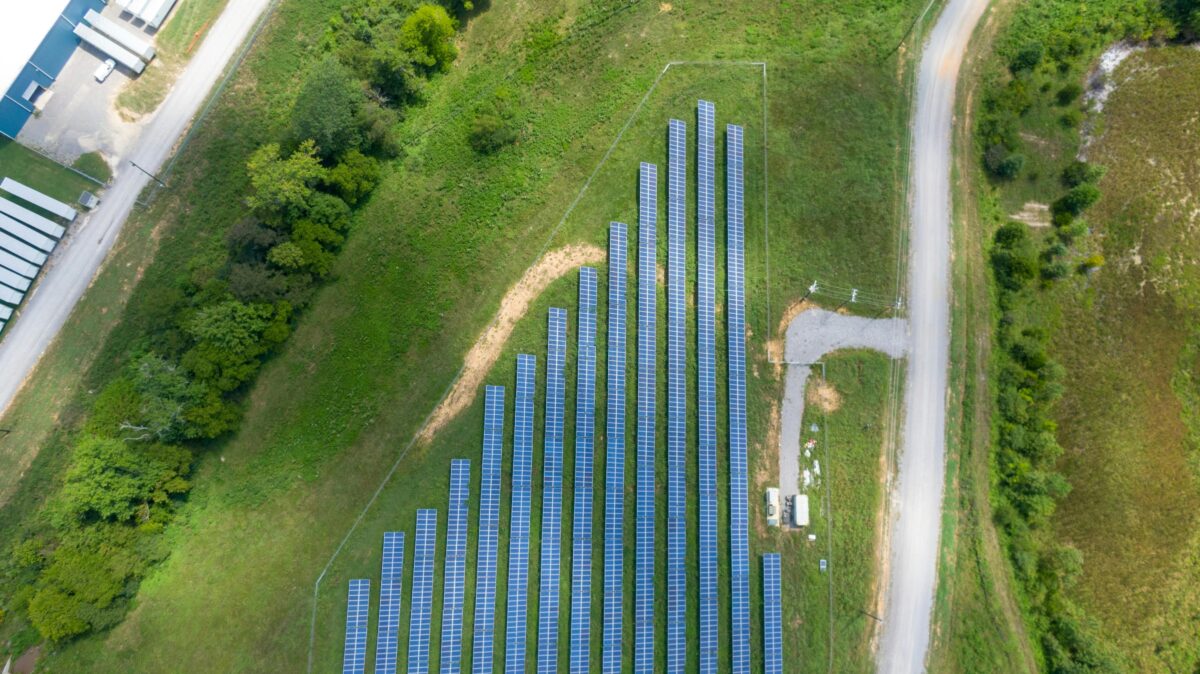
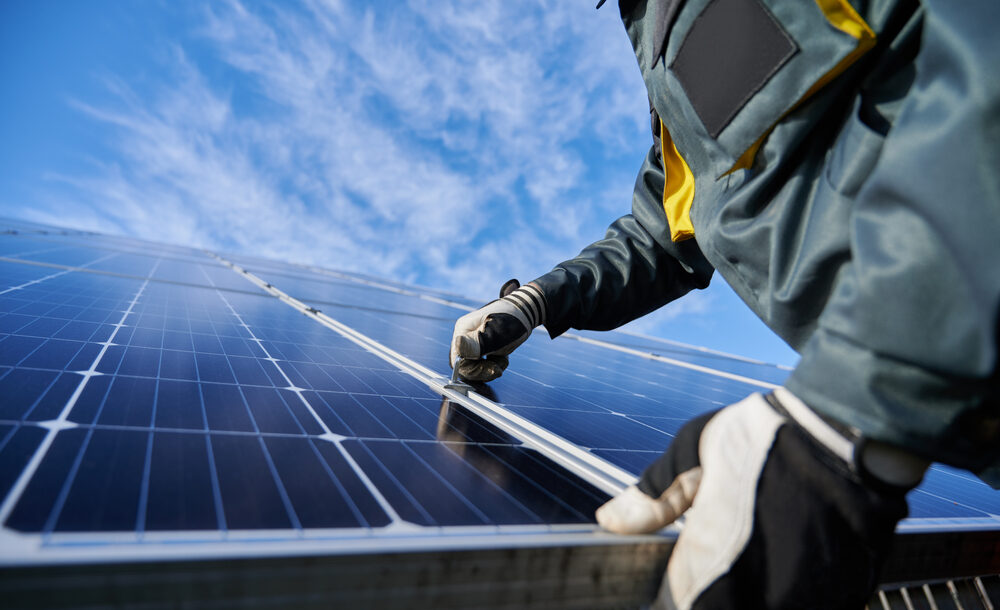


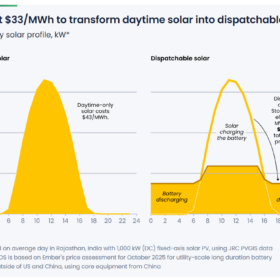
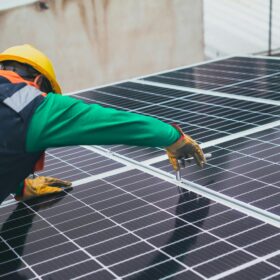


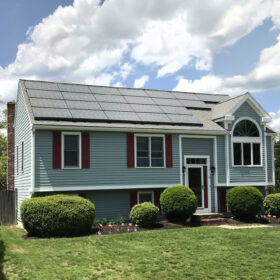
By submitting this form you agree to pv magazine using your data for the purposes of publishing your comment.
Your personal data will only be disclosed or otherwise transmitted to third parties for the purposes of spam filtering or if this is necessary for technical maintenance of the website. Any other transfer to third parties will not take place unless this is justified on the basis of applicable data protection regulations or if pv magazine is legally obliged to do so.
You may revoke this consent at any time with effect for the future, in which case your personal data will be deleted immediately. Otherwise, your data will be deleted if pv magazine has processed your request or the purpose of data storage is fulfilled.
Further information on data privacy can be found in our Data Protection Policy.